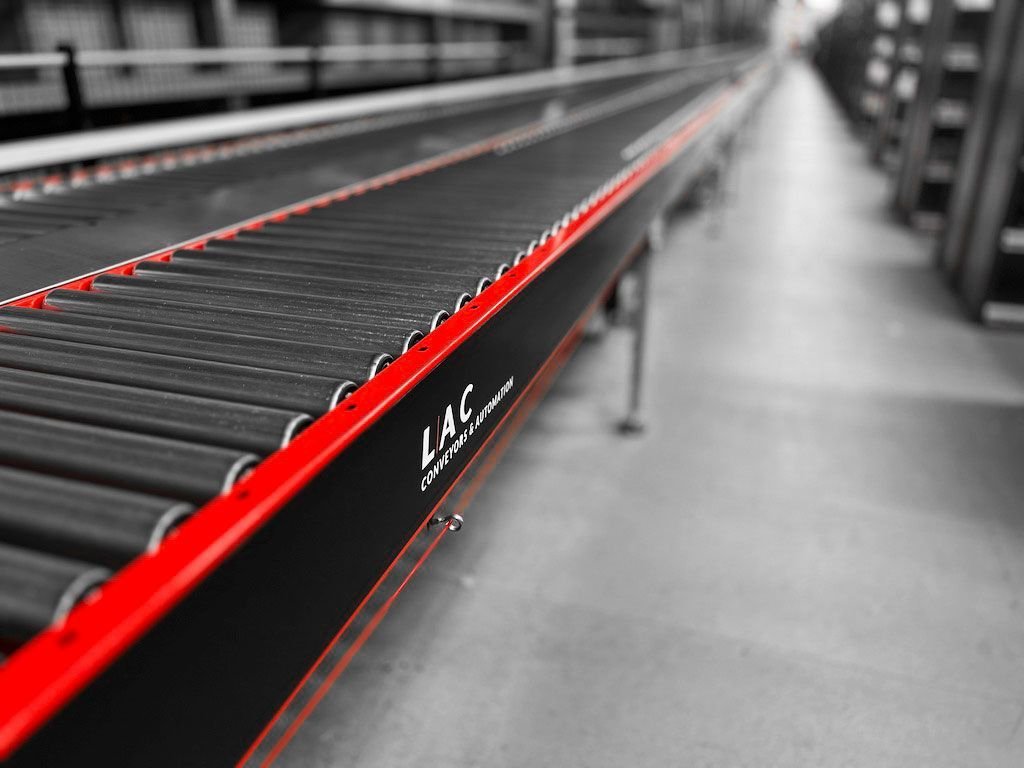Key Benefits of Conveyor Systems
Conveyor systems offer a multitude of benefits to logistics and manufacturing processes, from small items to heavy bulk loads. They can be integrated seamlessly with other factory automation technologies, such as robots, scanners, or vision systems, for precise sorting and automated inspection tasks. Their throughput speed and efficiency reduce the need for manual labour to carry out repetitive processes, which also reduces the risk of workplace injuries. Conveyor systems are usually modular in design and therefore extremely scalable, offering the agility to suit varying operational demands and support advanced product quality.
Vision Systems for Conveyor Lines
Vision-guided conveyors combine conveyor mechanics with machine vision systems, a type of computer vision used in industrial automation. These systems use cameras and image processing software to identify, inspect, and sort products, often on fast-moving conveyor lines.








